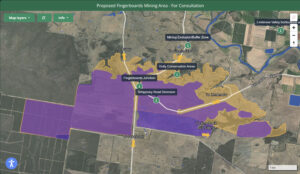
A team of researchers at the University of California has uncovered the mechanisms that allow animal cells to round up during mitotic division. This process is essential for achieving the precise spatial geometry necessary for accurate chromosome segregation. The findings, published in a leading scientific journal in January 2024, could have significant implications for understanding cell behavior in health and disease.
During cell division, adherent animal cells undergo a remarkable transformation. They round up to facilitate the even distribution of chromosomes, a process that hinges on the coordinated remodeling of both the cytoskeleton and the plasma membrane. The study provides new insights into how these components interact and adapt to ensure proper cell division.
The researchers focused on the dynamics of the cytoskeleton—a structural framework within the cell composed of microtubules, actin filaments, and intermediate filaments. These elements work together to maintain cell shape and stability. The study reveals that during mitosis, specific signals trigger the cytoskeletal components to reorganize, allowing the cell to achieve a rounded shape.
Understanding the role of the plasma membrane in this process is equally critical. The research team discovered that the plasma membrane undergoes significant remodeling in tandem with cytoskeletal changes. This remodeling is vital for maintaining the cell’s integrity while it transforms shape.
According to the lead researcher, Dr. Emily Johnson, “Our findings illustrate how tightly regulated the process of cell rounding is during mitosis. Disruptions in this mechanism could lead to errors in chromosome segregation, which is a hallmark of many diseases, including cancer.”
The implications extend beyond basic biology. Errors in cell division can lead to aneuploidy, where cells have an abnormal number of chromosomes. This condition is commonly associated with various cancers, making the study’s insights particularly relevant for medical research.
The team employed advanced imaging techniques to observe live cell behavior during division, allowing them to document the real-time changes in the cytoskeleton and plasma membrane. Their work represents a significant advancement in cellular biology and provides a foundation for future studies aimed at targeting these mechanisms in therapeutic contexts.
The study contributes to a growing body of literature that seeks to elucidate the complex processes governing cell division, an area of research that continues to attract interest due to its potential impact on medicine and biotechnology. With ongoing research, scientists hope to develop strategies that could mitigate the risks associated with improper chromosome segregation and enhance our understanding of cellular health.
As research progresses, the team plans to explore how these mechanisms vary across different cell types and in various physiological and pathological conditions. The continuous investigation into the intricacies of cell division remains crucial for both basic science and applied health research.







